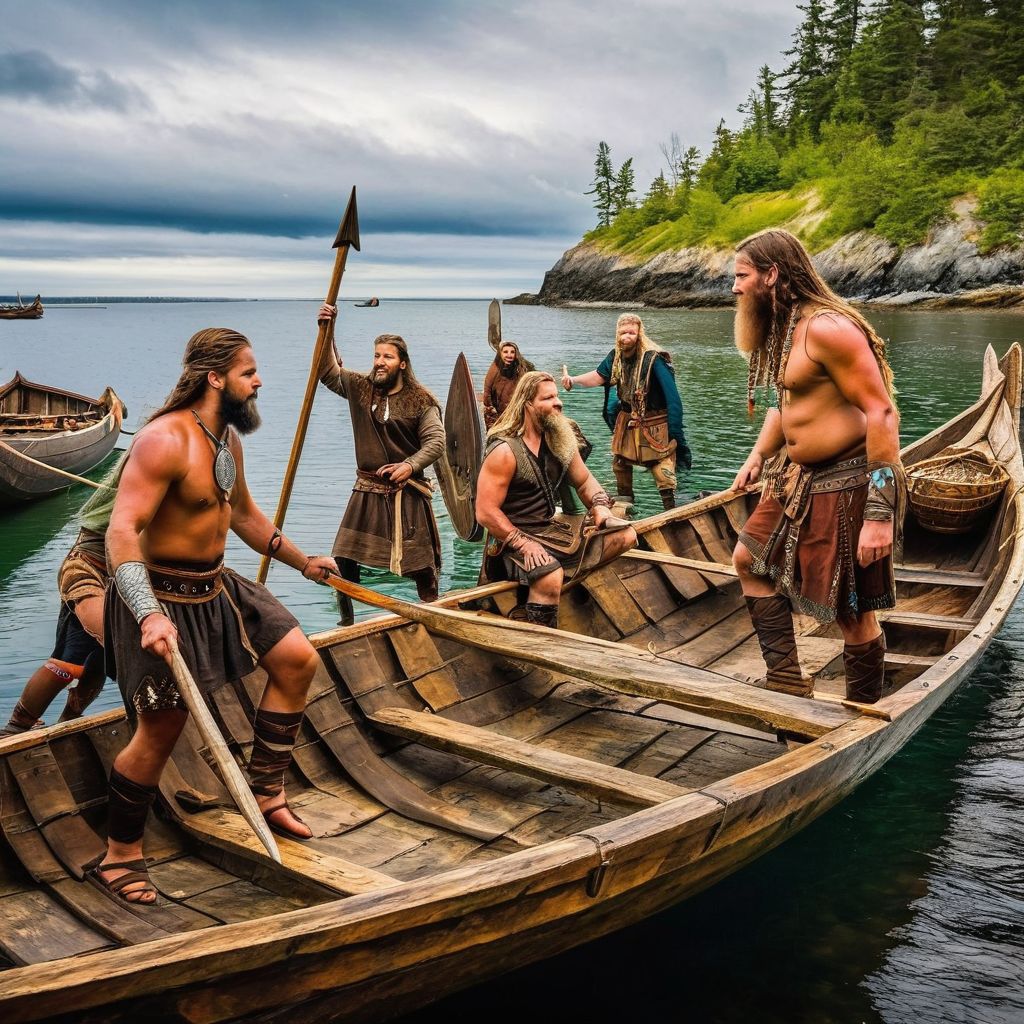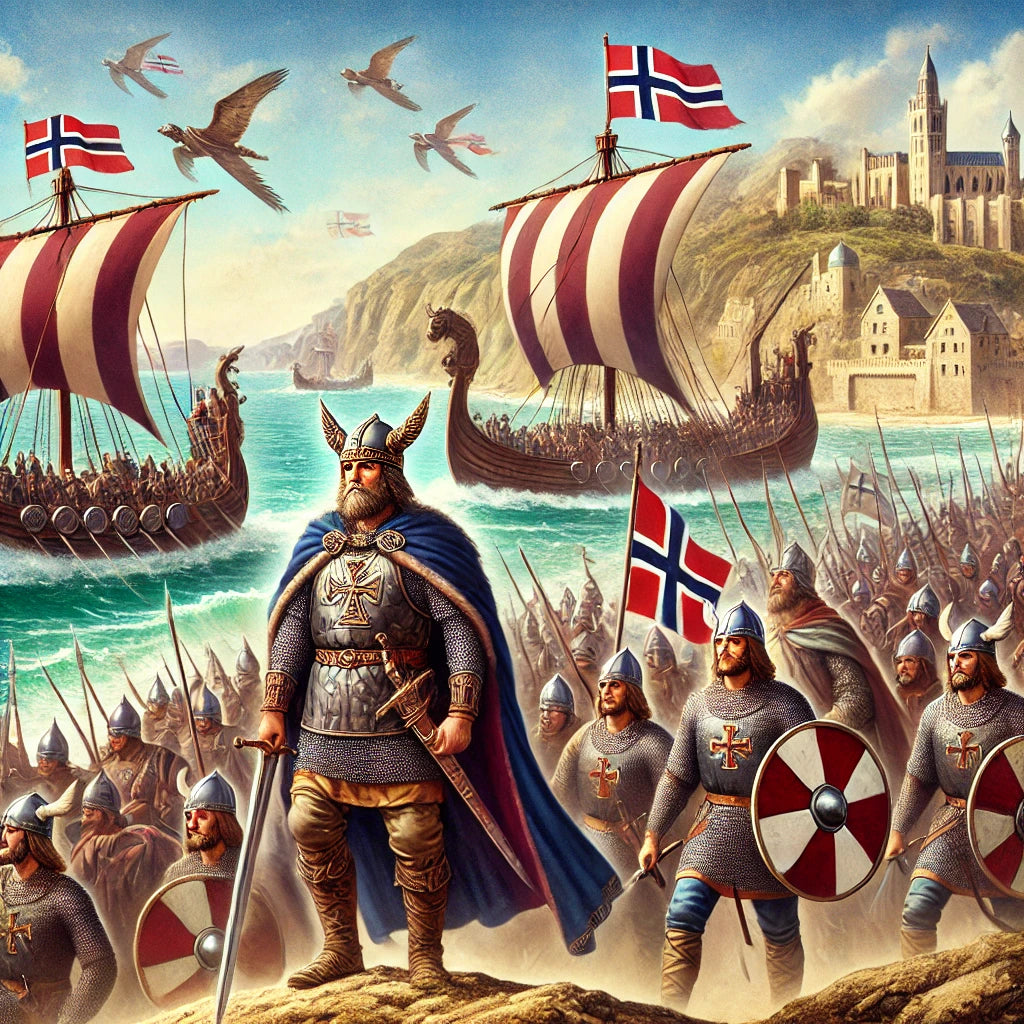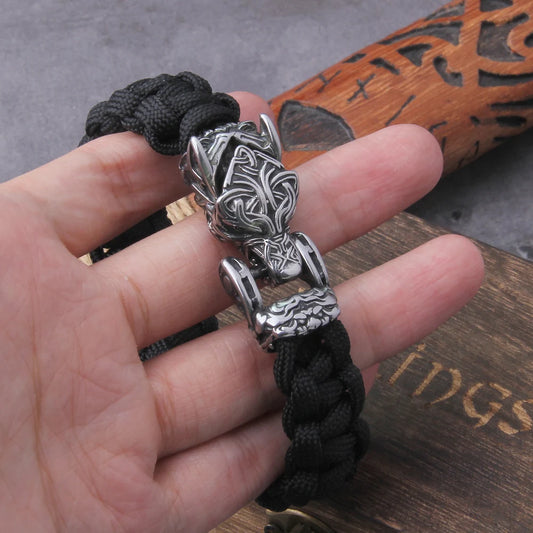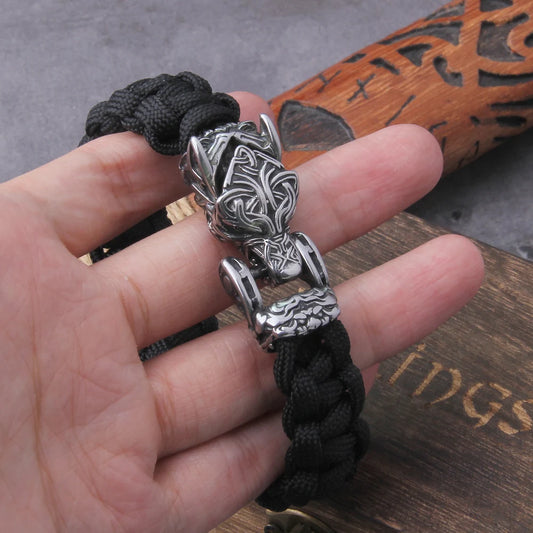Knights Templar and Viking Knowledge: A Secret Voyage to North America?
The Knights Templar and the Vikings are two of history's most enigmatic and fascinating groups. While they lived in different eras and served vastly different purposes, theories persist that these medieval warriors shared knowledge and possibly used it to chart a path to North America long before Columbus. Could Viking exploration have inspired the Templars' rumored transatlantic voyages? Let’s dive into this intriguing hypothesis.
The Vikings: Early Navigators of the Atlantic
By the 10th and 11th centuries, the Vikings were seasoned explorers. Their longships were masterpieces of design, capable of crossing the Atlantic and navigating rivers. Around the year 1000 AD, Leif Erikson and his Norsemen reached Vinland, thought to be Newfoundland. This was centuries before European explorers "discovered" the Americas.
The Vikings relied on advanced seafaring techniques, such as sunstones for navigation, oral maps, and knowledge of ocean currents and winds. These skills enabled them to traverse vast distances and survive the perilous journey across the Atlantic.
The Knights Templar: Keepers of Secrets
The Templars were not just warriors; they were scholars, engineers, and adept sailors. Known for their vast network across Europe and the Mediterranean, they amassed knowledge from diverse cultures. Following their dissolution in the 14th century, legends suggest that surviving Templars went underground, taking with them secret knowledge and treasures.
Some theories propose that Templars possessed ancient maps or information passed down from the Vikings or other seafaring peoples. With their resources and maritime experience, they might have used this knowledge to venture westward.
The Connection: How Could the Templars Have Used Viking Knowledge?
-
Nautical Innovation: The Templars were known to adopt advanced technologies, including shipbuilding and navigation techniques. They could have incorporated Viking innovations like clinker-built ships or the use of natural landmarks for navigation.
-
Access to Maps: During their travels in the north, the Templars could have encountered Viking descendants or Norse artifacts. It’s conceivable they acquired maps or oral traditions detailing routes to the New World.
-
Shared Beliefs and Exploration: The Templars, driven by both spiritual and economic motives, might have sought refuge or new opportunities in unknown lands. The Viking precedent could have offered both inspiration and practical guidance.
Evidence Supporting the Theory
While no conclusive proof exists, several pieces of circumstantial evidence keep this theory alive:
- Oak Island Mystery: In Nova Scotia, Oak Island is home to buried artifacts, some of which have been linked (speculatively) to the Templars. Could they have traveled there with Viking guidance?
- Runestones and Crosses: Mysterious carvings in North America depict symbols that some associate with both Viking and Templar cultures.
- Templar Maritime Activity: Historical records indicate the Templars were active in naval construction and navigation, hinting at their capacity for long-distance voyages.
Historical Speculation or Hidden Truth?
The idea of the Knights Templar using Viking knowledge to travel to North America is a fascinating blend of history and legend. While solid evidence remains elusive, the parallels between these two groups—masters of exploration in their own right—are striking.
Both Vikings and Templars were pioneers of their time, pushing the boundaries of geography and human ambition. Whether or not their paths directly crossed, their stories continue to captivate and inspire.

















